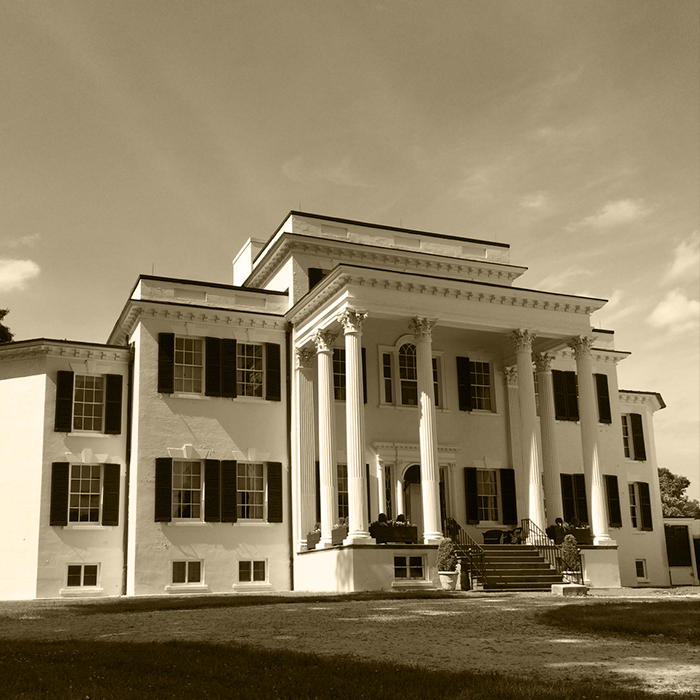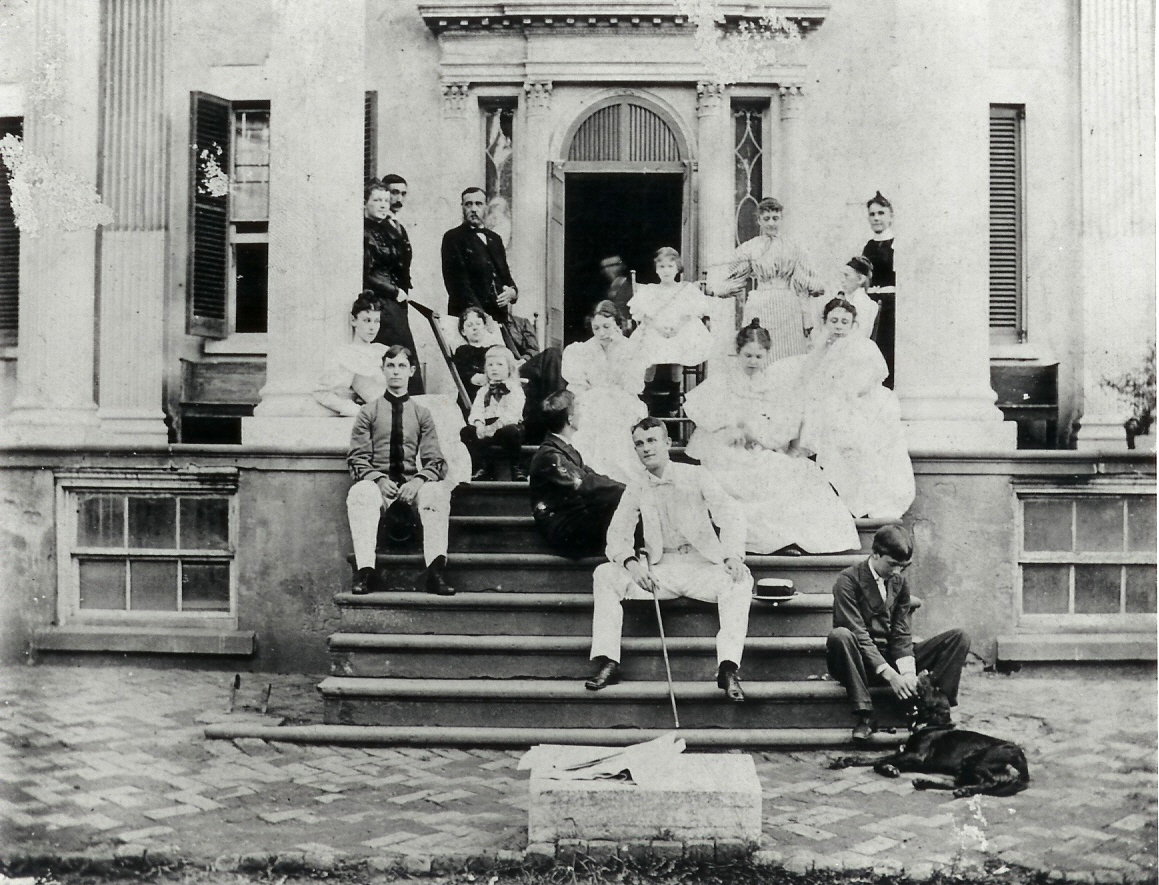THE CARTER ERA
Plantation
In 1798 a young bachelor named George Carter inherited 3,408 acres of prime Loudoun County, Virginia farmland from his father, Robert “Councilor” Carter III. Unlike other sons of wealthy Virginia planters, George did not inherit enslaved people. His father emancipated more than 500 people he held in bondage, starting in the mid-1790s. George did not follow in his father’s footsteps and began to purchase enslaved people as he established Oatlands. The main crop was wheat, and eventually Carter branched out to grow other small grains; raise sheep for their wool; and build a mill complex on nearby Goose Creek. As the plantation grew so did the number of enslaved people to labor on it. By 1860, the enslaved community at Oatlands numbered 133 men, women, and children. It was the largest plantation in Loudoun County.

Post-Civil War
After the Civil War, formerly enslaved people purchased land from the Elgin family and formed the nearby community of Gleedsville. Near the Carter’s western Loudoun plantation, Bellefield, newly freed people bought land and established Howardsville. The second generation of Carters at Oatlands operated the property as a farm, girl’s school, and summer boarding house. They sold Oatlands out of the family in 1897 to Stilson Hutchins, who never lived here.
